James D. Riley
Influence of junction angle on three-dimensional flow structure and bed morphology at confluent meander bends during different hydrological conditions
Riley, James D.; Rhoads, Bruce L.; Parsons, Daniel R.; Johnson, Kevin K.
Authors
Bruce L. Rhoads
Daniel R. Parsons
Kevin K. Johnson
Abstract
© 2014 John Wiley & Sons, Ltd. Recent field and modeling investigations have examined the fluvial dynamics of confluent meander bends where a straight tributary channel enters a meandering river at the apex of a bend with a 90° junction angle. Past work on confluences with asymmetrical and symmetrical planforms has shown that the angle of tributary entry has a strong influence on mutual deflection of confluent flows and the spatial extent of confluence hydrodynamic and morphodynamic features. This paper examines three-dimensional flow structure and bed morphology for incoming flows with high and low momentum-flux ratios at two large, natural confluent meander bends that have different tributary entry angles. At the high-angle (90°) confluent meander bend, mutual deflection of converging flows abruptly turns fluid from the lateral tributary into the downstream channel and flow in the main river is deflected away from the outer bank of the bend by a bar that extends downstream of the junction corner along the inner bank of the tributary. Two counter-rotating helical cells inherited from upstream flow curvature flank the mixing interface, which overlies a central pool. A large influx of sediment to the confluence from a meander cutoff immediately upstream has produced substantial morphologic change during large, tributary-dominant discharge events, resulting in displacement of the pool inward and substantial erosion of the point bar in the main channel. In contrast, flow deflection is less pronounced at the low-angle (36°) confluent meander bend, where the converging flows are nearly parallel to one another upon entering the confluence. A large helical cell imparted from upstream flow curvature in the main river occupies most of the downstream channel for prevailing low momentum-flux ratio conditions and a weak counter-rotating cell forms during infrequent tributary-dominant flow events. Bed morphology remains relatively stable and does not exhibit extensive scour that often occurs at confluences with concordant beds.
Citation
Riley, J. D., Rhoads, B. L., Parsons, D. R., & Johnson, K. K. (2015). Influence of junction angle on three-dimensional flow structure and bed morphology at confluent meander bends during different hydrological conditions. Earth surface processes and landforms : the journal of the British Geomorphological Research Group, 40(2), 252-271. https://doi.org/10.1002/esp.3624
| Journal Article Type | Article |
|---|---|
| Acceptance Date | Jul 3, 2014 |
| Online Publication Date | Jul 9, 2014 |
| Publication Date | 2015-02 |
| Deposit Date | Jan 20, 2017 |
| Publicly Available Date | Jan 20, 2017 |
| Journal | Earth surface processes and landforms |
| Print ISSN | 0197-9337 |
| Publisher | Wiley |
| Peer Reviewed | Peer Reviewed |
| Volume | 40 |
| Issue | 2 |
| Pages | 252-271 |
| DOI | https://doi.org/10.1002/esp.3624 |
| Keywords | Confluent meander bends; Confluences; Flow structure; Bed morphology; Junction angle |
| Public URL | https://hull-repository.worktribe.com/output/447244 |
| Publisher URL | http://onlinelibrary.wiley.com/doi/10.1002/esp.3624/abstract |
| Additional Information | This is the accepted version of an article published in: Earth surface processes and landforms, 2015, v.40 issue 2. |
| Contract Date | Jan 20, 2017 |
Files
Article
(2.6 Mb)
PDF
You might also like
Hedgerows: Mapping The Gaps. Phase 2 Final Report
(2025)
Report
Global River Topology (GRIT): A Bifurcating River Hydrography
(2025)
Journal Article
The role of virtual field trips in Geography higher education: A perspective paper
(2025)
Journal Article
